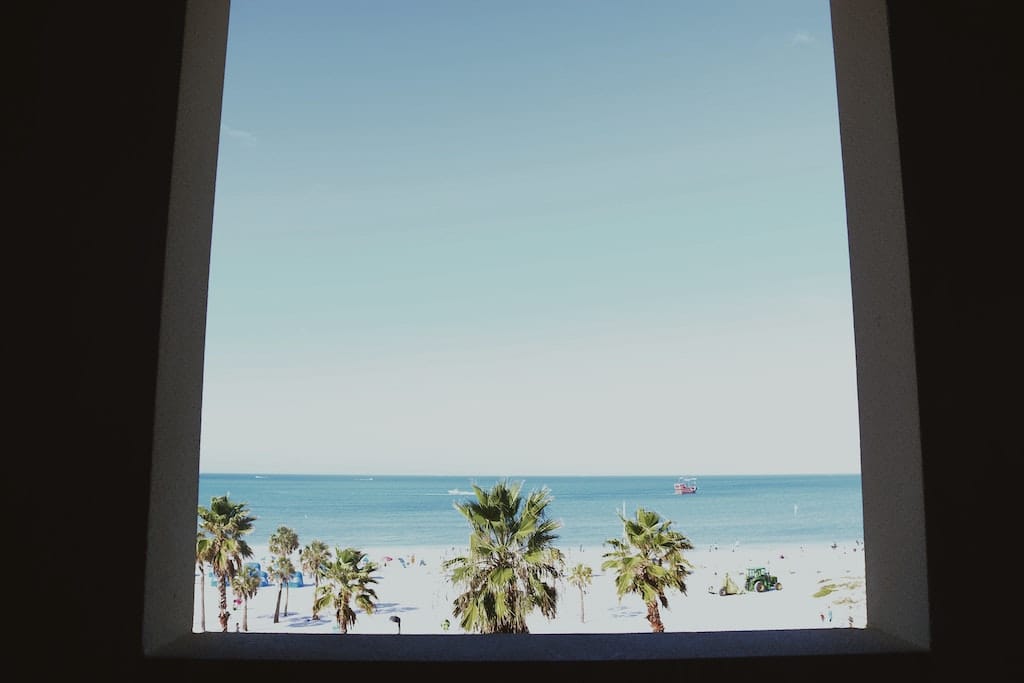All Categories
Featured
Table of Contents
What Is The Best Glazing For My Home? - Part 2 in Madeley WA
Glazing just implies the windows in your home, consisting of both openable and fixed windows, along with doors with glass and skylights. Glazing actually just indicates the glass part, however it is usually used to describe all elements of an assembly including glass, movies, frames and furnishings. Taking notice of all of these aspects will assist you to accomplish effective passive style.

Energy-efficient glazing makes your house more comfortable and considerably minimizes your energy expenses. Inappropriate or inadequately created glazing can be a major source of unwanted heat gain in summertime and considerable heat loss and condensation in winter. As much as 87% of a house's heating energy can be acquired and up to 40% lost through windows.
Upvc Double Glazed Windows Australia in Forrestfield Western Australia
Glazing is a significant investment in the quality of your house. The cost of glazing and the expense of heating and cooling your house are carefully associated. An initial investment in energy-efficient windows, skylights and doors can greatly lower your yearly cooling and heating costs. Energy-efficient glazing likewise lowers the peak heating and cooling load, which can minimize the needed size of an air-conditioning system by 30%, leading to further expense savings.

This tool compares window choices to a base level aluminium window with 3mm clear glass. Comprehending some of the essential properties of glass will assist you to choose the very best glazing for your house. Secret residential or commercial properties of glass Source: Adapted from the Australian Window Association The quantity of light that travels through the glazing is understood as noticeable light transmittance (VLT) or noticeable transmittance (VT).
Best Way To Block Sun Heat From Windows [Professionally] in Koondoola WA
The U worth for windows (expressed as Uw), explains the conduction of the whole window (glass and frame together). The lower the U worth, the greater a window's resistance to heat circulation and the better its insulating worth.
If your house has 70m2 of glazing with aluminium frames and clear glass with a U worth of 6. 2W/m2 C, on a winter's night when it is 15C cooler outside compared to indoors, the heat loss through the windows would be: 6. 2 15 70 = 6510W That is comparable to the overall heat output of a big space gas heating system or a 6.
Which Is The Best Type Of Double Glazing? - Which? - Which.co.uk in South Perth Western Australia

If you pick a window with half the U worth (3. 1W/m2 C) (for instance, double glazing with an argon-filled gap and less-conductive frames), you can cut in half the heat loss: 3. 1 15 70 = 3255W The solar heat gain coefficient (SHGC) for windows (revealed as SHGCw) measures how easily heat from direct sunlight flows through an entire window (glass and frame together).
The lower a window's SHGC, the less solar heat it transfers to the house interior. The real SHGC for windows is impacted by the angle that solar radiation strikes the glass.
Improve Your Home's Energy Efficiency With Double Glazing in Carramar Perth
When the sun is perpendicular (at 90) to the glass, it has an angle of occurrence of 0 and the window will experience the maximum possible solar heat gain. The SHGC declared by glazing manufacturers is always calculated as having a 0 angle of occurrence. As the angle increases, more solar radiation is reflected, and less is transmitted.
Table of Contents
Latest Posts
Energy Efficient Windows At Everest in Lakes Perth
Single Vs Double Vs Triple - Which Window Is Right For Your ... in South Fremantle Western Australia
How Are Double Glazed Windows More Energy Efficient? in Safety Bay Western Australia
More
Latest Posts
Energy Efficient Windows At Everest in Lakes Perth
Single Vs Double Vs Triple - Which Window Is Right For Your ... in South Fremantle Western Australia
How Are Double Glazed Windows More Energy Efficient? in Safety Bay Western Australia